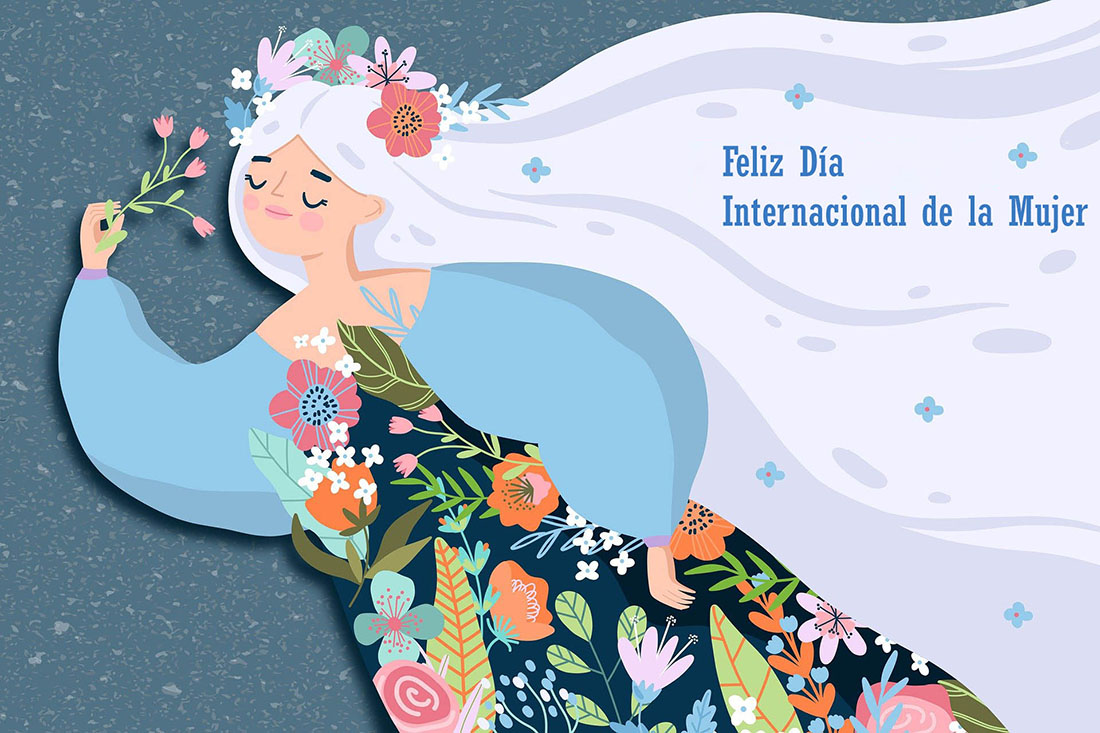The first days of March have a reflection of rejoicing with a historical background. The celebration on March 8th of International Women’s Day throughout much of the world is an achievement that has its roots in the feminist struggles of the late nineteenth and early twentieth centuries. This special day, in the words of the UN, refers to ordinary women who are the architect of history and has its roots in the centuries-old struggle of women to participate in society on an equal footing with men.
Background
Its most important background are: the great march of textile workers through the wealthy New York in protest against the miserable conditions of the workers in the year 1857; and in 1908, in the same city, the strike of the industrial seamstresses demanding some of their rights such as better wages and less working hours. These protests led to an entire revolution.
For the definition of the date that we all celebrate today, there were several important moments that the women of that time had to live. In 1909, the Socialist Party of America declared February 28th National Women’s Day in the US. In this context, a woman bursts onto the scene who would go down in history as the promoter of International Women’s Day: the German communist Clara Zetkin. At the International Conference of Working Women in Copenhagen in 1910 Zetkin suggested the idea of commemorating Women’s Day globally. Her proposal was heard by a hundred women from 17 countries and approved unanimously, although without agreeing on a specific date.
On March 19th, 1911, the first International Women’s Day was celebrated, bringing together more than a million people in Germany, Austria, Denmark and Switzerland. They demanded the right to vote and hold public office as on other occasions, but this time they also demanded the right to work, professional training and non-discrimination in the workplace.
The arrival of the date
According to UN data, the events that occurred in Russia in the midst of the Great War were influential in defining the date. Russian women celebrated their first International Women’s Day on the last Sunday in February 1913. In the rest of Europe, women held rallies around March 8th the following year to protest the war or show solidarity with other women. In 1917, and as a reaction to the millions of dead Russian soldiers, the women of that country took to the streets again on the last Sunday of February, under the slogan “bread and peace”, a strike that lasted several days. The success of Russian women was consecrated shortly after, after the formation of the provisional government, it recognized their right to vote.
The date on which the Russian women’s strike began in the Julian calendar, then the reference in Russia, was Sunday, February 23rd. That same day in the Gregorian calendar was March 8th, and that is the date it is celebrated now.
In Cuba
In Cuba, the date is celebrated for the first time on March 8th, 1931 in an act that had its headquarters in the Cuban Workers’ Center, organized by the National Workers’ Organization of Cuba and the Workers’ Federation of Havana. An invitation was made to all the women who worked in different workshops, shops and factories in the city. In our country, this date constitutes one more space for women to assert their voice in the face of both mass and individual concerns. On the other hand, it is the perfect occasion to celebrate the achievements obtained and set new goals to meet.
Cuban women are assured of many conquests. This day should be to celebrate them; but also to commemorate the sacrifice of those who fought relentlessly for equality and achieved the first changes. Beyond congratulations, flowers and postcards, it is another justification to follow their examples and fight for the rights that we still lack; report gender violence in all its manifestations and educate in principles of equity and respect.
Translated by: Aileen Álvarez García






